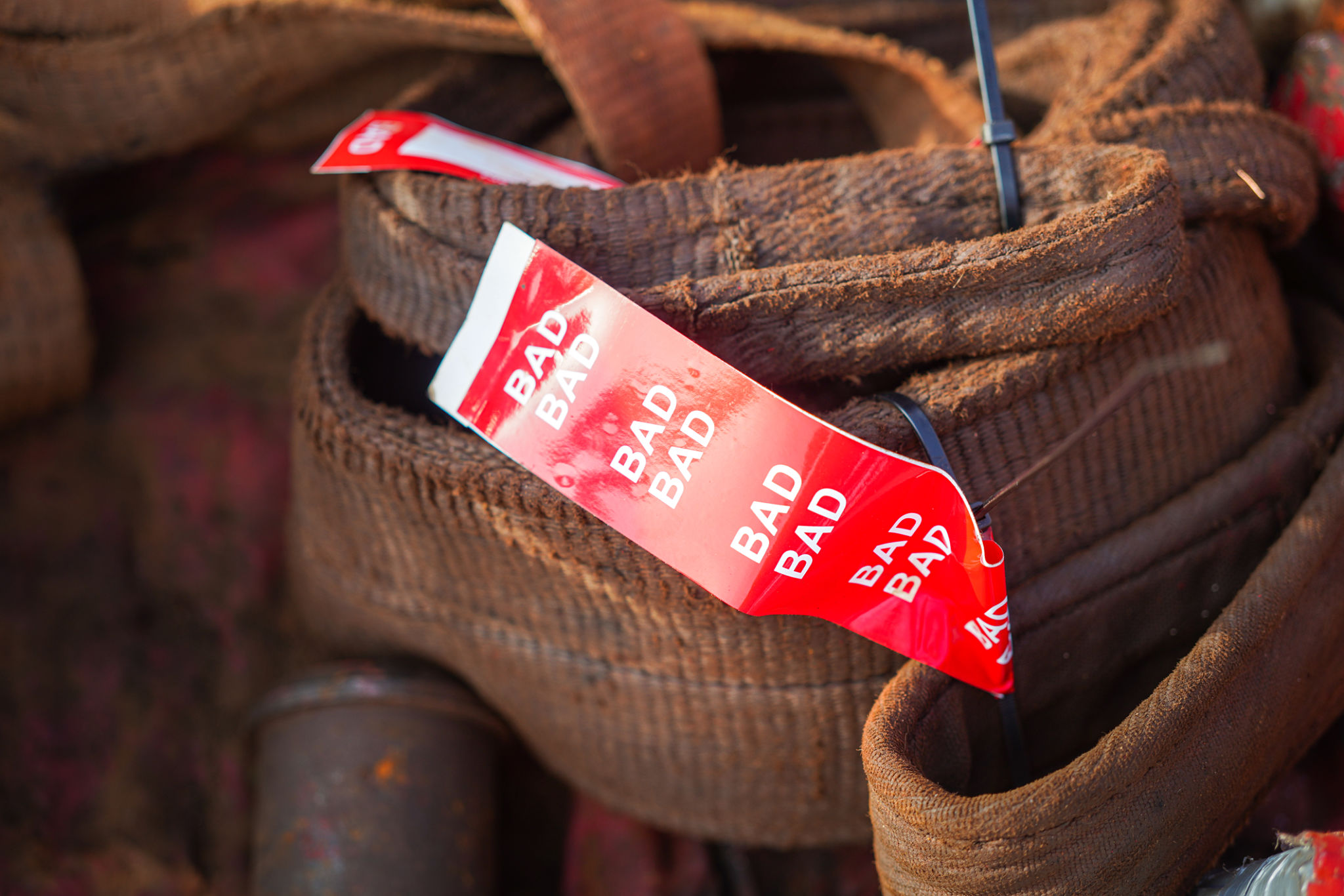How to Prepare Your Building's Lifts for the Rainy Season in Jakarta
Understanding the Importance of Lift Maintenance
As Jakarta enters the rainy season, building managers need to pay special attention to the maintenance of lifts. Proper preparation is crucial to ensure safety and prevent potential malfunctions. With increased humidity and water exposure, lifts are more susceptible to breakdowns, which can cause inconvenience and safety risks for residents and visitors.
Regular maintenance not only ensures the smooth operation of lifts but also extends their lifespan. Taking proactive measures can save time and money in the long run. Let's explore some key steps to prepare your building's lifts for the rainy season.

Conducting a Thorough Inspection
Before the rains begin, it's essential to conduct a comprehensive inspection of all lift components. This includes checking the electrical systems, control panels, and mechanical parts. Look for any signs of wear and tear, rust, or corrosion that could be exacerbated by moisture.
It's advisable to hire a professional lift maintenance service to perform these inspections. They have the expertise to identify potential issues that may not be visible to the untrained eye. Don't overlook this step, as it is critical for ensuring the safety and functionality of your lifts.

Sealing and Waterproofing
Waterproofing is a crucial step in preparing lifts for the rainy season. Ensure that all lift shafts and machine rooms are properly sealed to prevent water ingress. Water can cause significant damage to lift machinery, leading to costly repairs and downtime.
Use high-quality sealants and waterproofing materials specifically designed for lift environments. Pay special attention to areas prone to leaks, such as doors and joints. Regularly check these seals throughout the rainy season to ensure they remain intact.

Ensuring Proper Ventilation
The humid weather in Jakarta can lead to condensation issues within lift shafts and machinery rooms. Proper ventilation is essential to prevent moisture buildup, which can cause rust and electrical problems.
Ensure that ventilation systems are functioning effectively and that air circulation is adequate. If necessary, install additional vents or fans to improve airflow. This simple step can significantly reduce the risk of moisture-related issues during the rainy season.
Testing Emergency Systems
During the rainy season, the likelihood of power outages increases. It's vital to test all emergency systems, including backup generators and battery-operated lift functions, to ensure they are in working order.
Conduct regular drills with building staff to familiarize them with emergency procedures. In case of an emergency, having well-prepared staff can make a significant difference in ensuring occupant safety.

Monitoring and Maintenance Schedule
Once you've prepared your lifts for the rainy season, establish a monitoring and maintenance schedule. Regularly check for any signs of water ingress or unusual noises during operation. Early detection of issues can prevent them from escalating into major problems.
Keep a detailed log of all maintenance activities and inspections. This documentation can be invaluable in tracking the performance of your lifts and planning future maintenance efforts.

Conclusion
Preparing your building's lifts for Jakarta's rainy season is not just about compliance—it's about ensuring safety and reliability for all users. By conducting thorough inspections, sealing against water ingress, ensuring proper ventilation, testing emergency systems, and maintaining a regular schedule, you can keep your lifts running smoothly throughout the wet months.
Remember, proactive maintenance is key. Investing time and resources now can prevent costly repairs and disruptions later on. Stay vigilant, and you'll be well-prepared for whatever the rainy season brings.